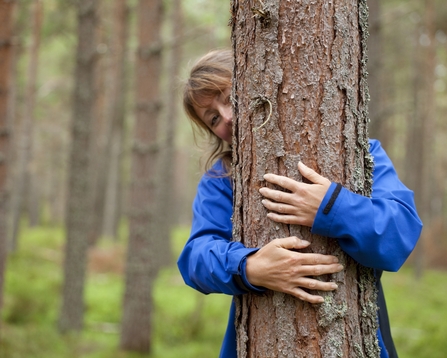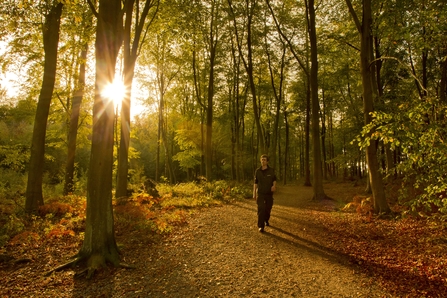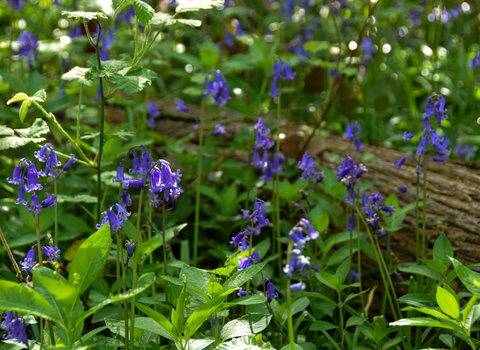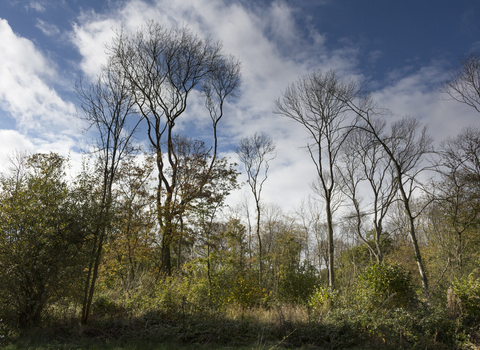In the 70s, in Japan, people were suffering from a problem called karoshi. In English, this term means “death by overwork”, or working yourself to death, since the priorities of those in cities gave them very little time for relaxing. Plagued with a population stricken by so much stress and worry from their urban lifestyles that they were literally dying, doctors at the time were desperate to find a solution.
What they came up with was shirin-yoku, translated to “forest bathing”. While forest is in the name, that’s mostly because forests are the easiest type of landscape to access in Japan since they make up 70% of the country. More accurately, it should be called “nature bathing” as it’s supposed to be a way to relax and reconnect with nature on a personal level.
Nowadays, the idea has spread beyond Japan’s borders, practised from Australia to California and even in the UK. So why has it become so popular?





